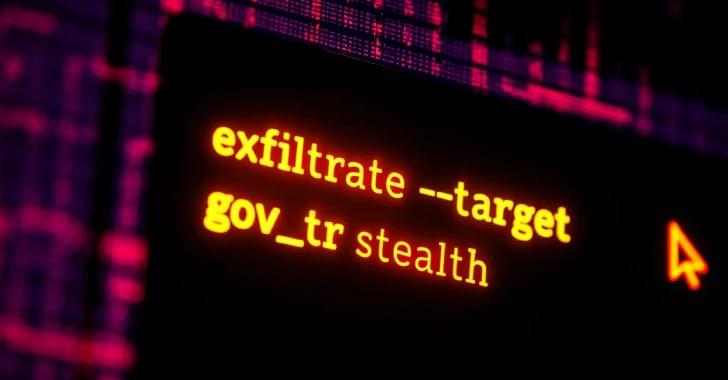CISA warns ransomware groups exploiting unpatched SimpleHelp RMM to breach organizations worldwide, risking data theft and double extortion



Cybersecurity researchers have uncovered a new account takeover (ATO) campaign that leverages an open-source penetration testing framework called TeamFiltration to breach Microsoft Entra ID (formerly Azure Active Directory) user accounts.
The activity, codenamed UNK_SneakyStrike by Proofpoint, has targeted over 80,000 user accounts across hundreds of organizations’ cloud tenants since a surge in login attempts was observed in December 2024, leading to successful account takeovers.
“Attackers leverage Microsoft Teams API and Amazon Web Services (AWS) servers located in various geographical regions to launch user-enumeration and password-spraying attempts,” the enterprise security company said. “Attackers exploited access to specific resources and native applications, such as Microsoft Teams, OneDrive, Outlook, and others.”




Cybersecurity researchers have flagged several popular Google Chrome extensions that have been found to transmit data in HTTP and hard-code secrets in their code, exposing users to privacy and security risks.
“Several widely used extensions […] unintentionally transmit sensitive data over simple HTTP,” Yuanjing Guo, a security researcher in the Symantec’s Security Technology and Response team, said. “By doing so, they expose browsing domains, machine IDs, operating system details, usage analytics, and even uninstall information, in plaintext.”
The fact that the network traffic is unencrypted also means that they are susceptible to adversary-in-the-middle (AitM) attacks, allowing malicious actors on the same network such as a public Wi-Fi to intercept and, even worse, modify this data, which could lead to far more serious consequences.

Stating that Bitter frequently singles out an “exceedingly small subset of targets,” Proofpoint said the attacks are aimed at governments, diplomatic entities, and defense organizations so as to enable intelligence collection on foreign policy or current affairs.
Attack chains mounted by the group typically leverage spear-phishing emails, with the messages sent from providers like 163[.]com, 126[.]com, and ProtonMail, as well as compromised accounts associated with the governments of Pakistan, Bangladesh, and Madagascar.
The threat actor has also been observed masquerading as government and diplomatic entities from China, Madagascar, Mauritius, and South Korea in these campaigns to entice recipients into malware-laced attachments that trigger the deployment of malware.



Microsoft and CrowdStrike have announced that they are teaming up to align their individual threat actor taxonomies by publishing a new joint threat actor mapping.
“By mapping where our knowledge of these actors align, we will provide security professionals with the ability to connect insights faster and make decisions with greater confidence,” Vasu Jakkal, corporate vice president at Microsoft Security, said.
The initiative is seen as a way to untangle the menagerie of nicknames that private cybersecurity vendors assign to various hacking groups that are broadly categorized as a nation-state, financially motivated, influence operations, private sector offensive actors, and emerging clusters.